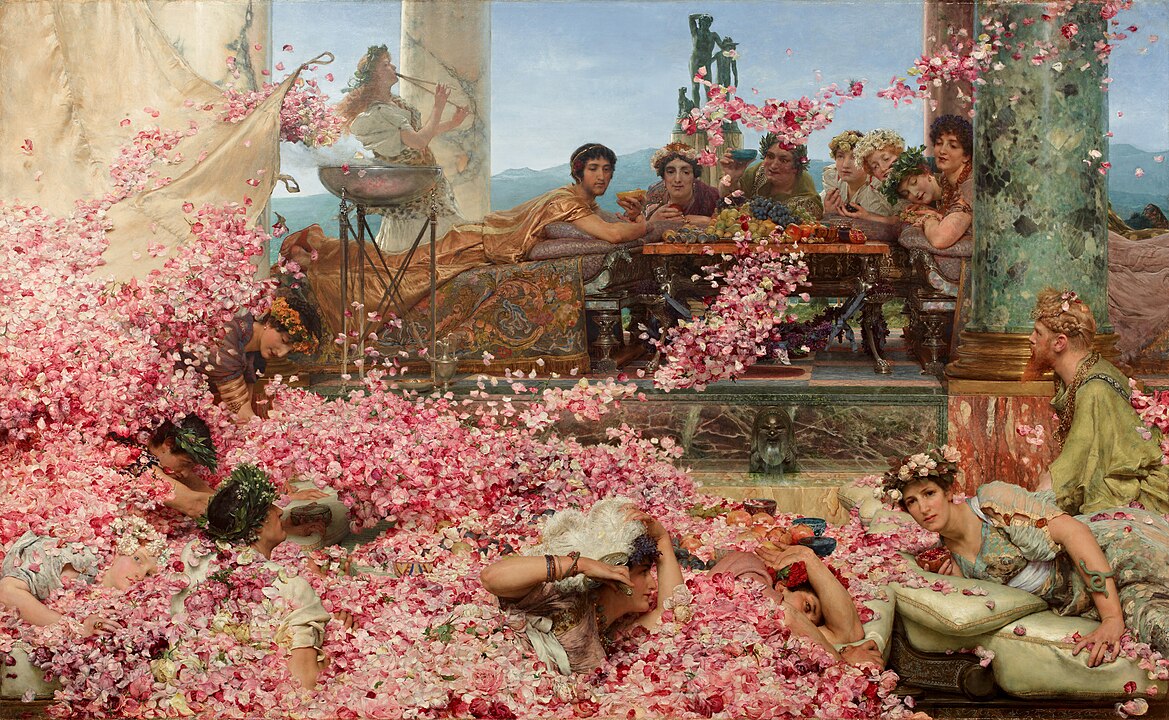
Sir Lawrence Alma-Tadema (1836–1912) was a Dutch-born British painter known for his lavish depictions of classical antiquity, blending meticulous historical research with vivid romanticism. Born in Dronrijp, Netherlands, Alma-Tadema initially trained at the Royal Academy of Antwerp before moving to England, where he achieved significant success and became one of the most renowned and financially successful painters of the Victorian era.
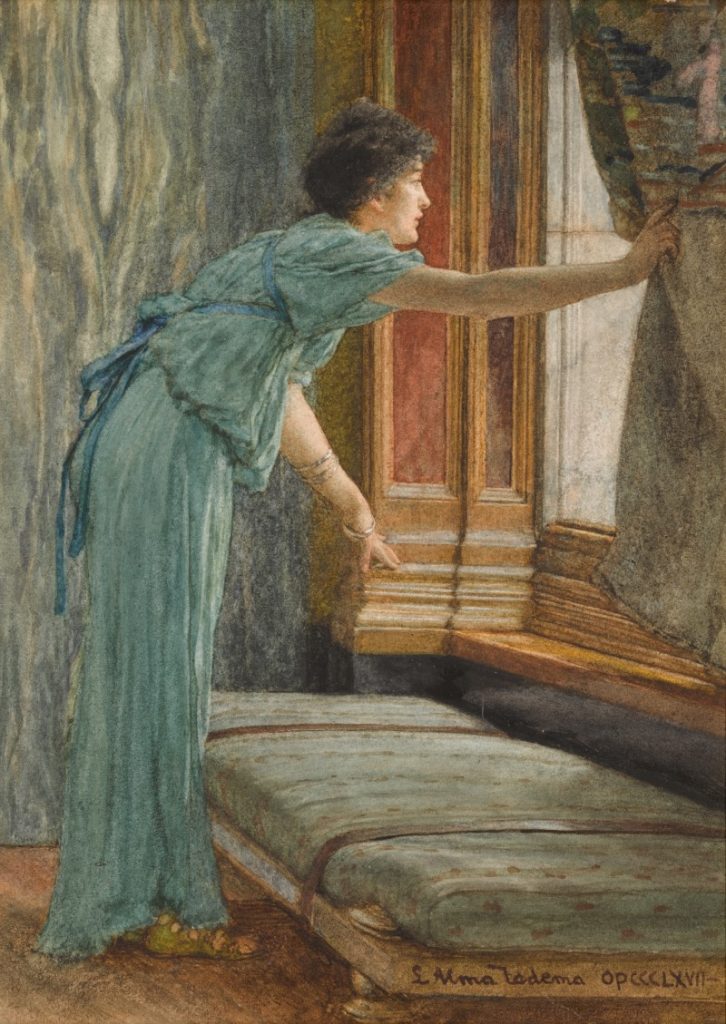
Alma-Tadema’s work is characterized by its incredible attention to detail, particularly in rendering the textures of marble, metal, and fabric. His paintings are often set in luxurious and accurately depicted Roman, Greek, or Egyptian environments, showcasing his deep interest in and knowledge of ancient cultures. This fascination was partly inspired by archaeological discoveries of the time, which captivated the Victorian public and influenced many artists. However, Alma-Tadema distinguished himself through the extent of his research and the accuracy of his settings, making his work both artistically captivating and historically significant.
Past to Future
One of Alma-Tadema’s most notable contributions to art was his ability to bring the ancient world to life with a sense of immediacy and intimacy. His scenes of everyday life in ancient times, from domestic intimacy to grand public spectacles, are imbued with a sense of realism and vitality that was unparalleled. His depiction of marble and stone, in particular, has been lauded for its almost tactile quality, demonstrating his extraordinary skill in capturing texture and light.
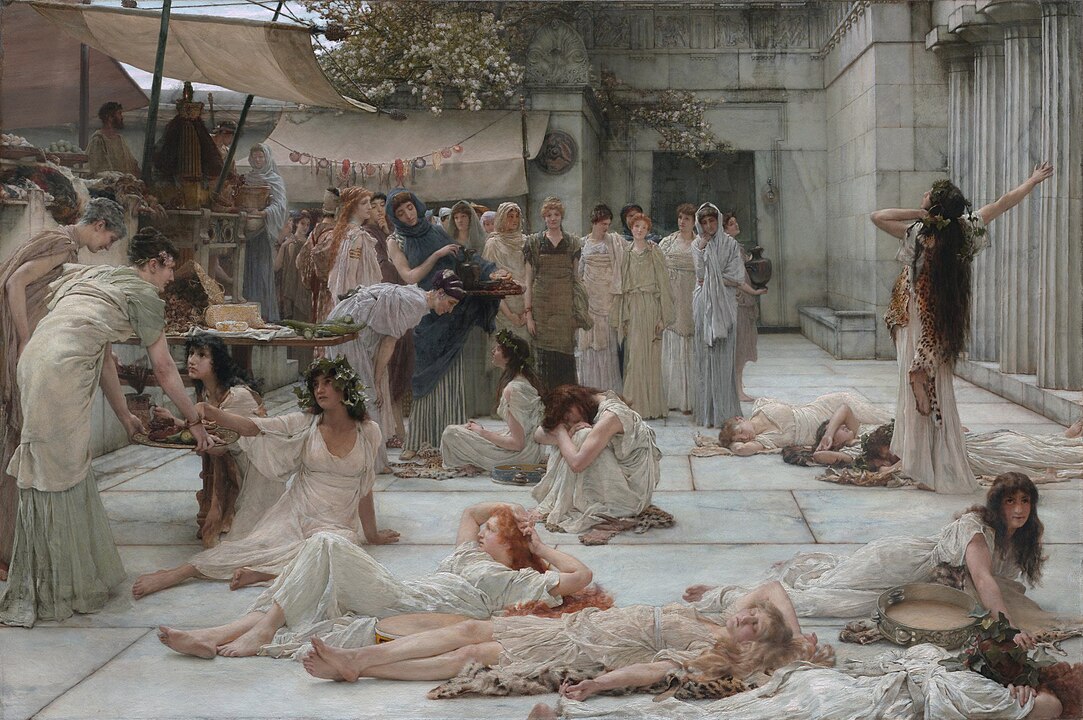
Alma-Tadema’s paintings also reflect the Victorian fascination with the exotic and the historical, yet his work transcends mere historical recreation. Through his art, he explored themes of luxury, decadence, and the fleeting nature of beauty, making his depictions of the ancient world resonate with contemporary themes and concerns. His portrayals of women, often at the center of his compositions, range from the languid and sensuously idle to figures of power and drama, reflecting the complex Victorian attitudes towards femininity and desire.

Despite his success during his lifetime, Alma-Tadema’s reputation suffered a decline after his death, with changing tastes and the advent of Modernism leading to a dismissal of his work as overly detailed and excessively romantic.
Resurgence in Interest
However, the late 20th and early 21st centuries have seen a revival of interest in his paintings. This resurgence is attributed to a greater appreciation of the technical skill, historical value, and sheer beauty of his work, as well as a renewed interest in the periods he depicted.
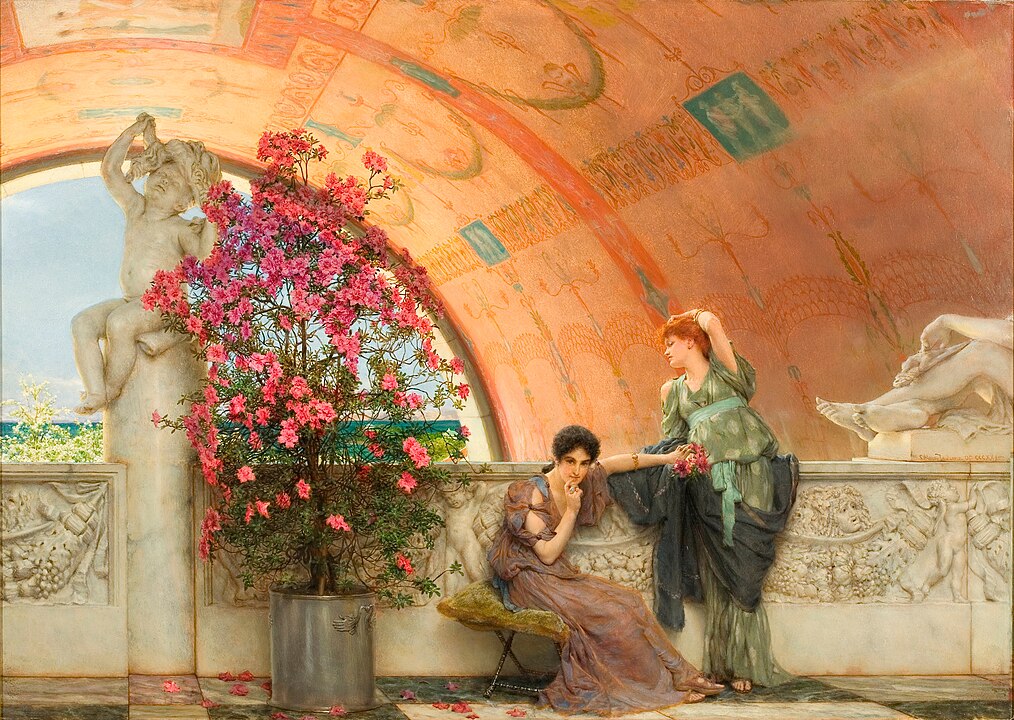
Alma-Tadema was knighted in 1899 for his contributions to the art world, marking the pinnacle of his career and the recognition of his impact on Victorian art and culture. His influence extended beyond painting, affecting the realms of cinema and photography; his detailed and atmospheric depictions of the ancient world inspired the visual style of many early 20th-century films set in antiquity.
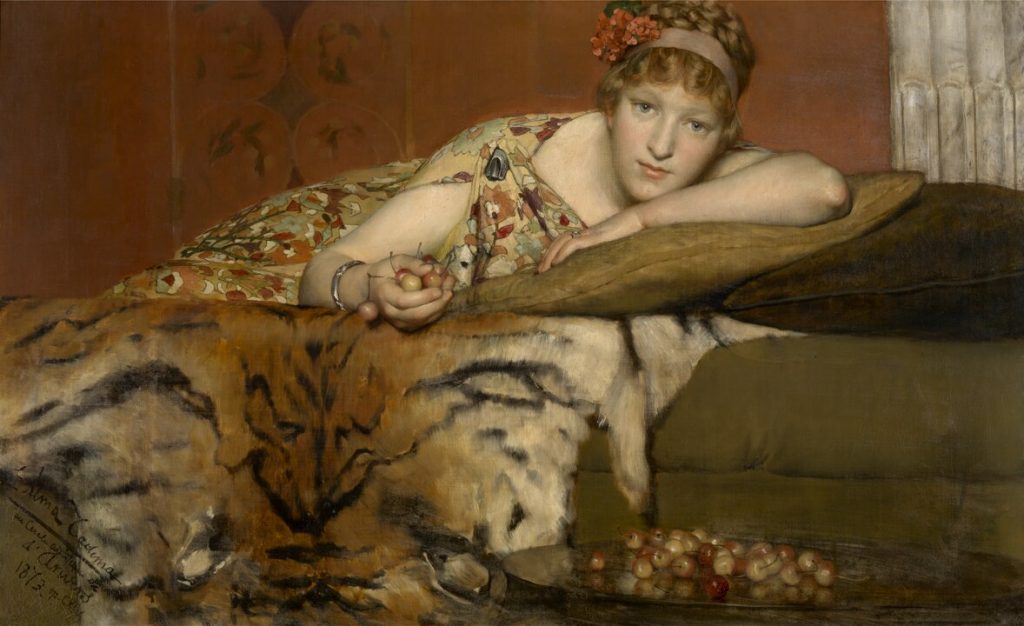
Today, Sir Lawrence Alma-Tadema is celebrated not only for his artistic skill but also for his role in shaping the visual narrative of the ancient world for the modern era. His work invites viewers to step into a vividly reimagined past, offering a window into the daily lives, loves, and luxuries of ancient civilizations. Alma-Tadema’s legacy endures in the continued fascination with and appreciation of his unique vision of antiquity, securing his place as one of the most distinctive and influential painters of the 19th century.






